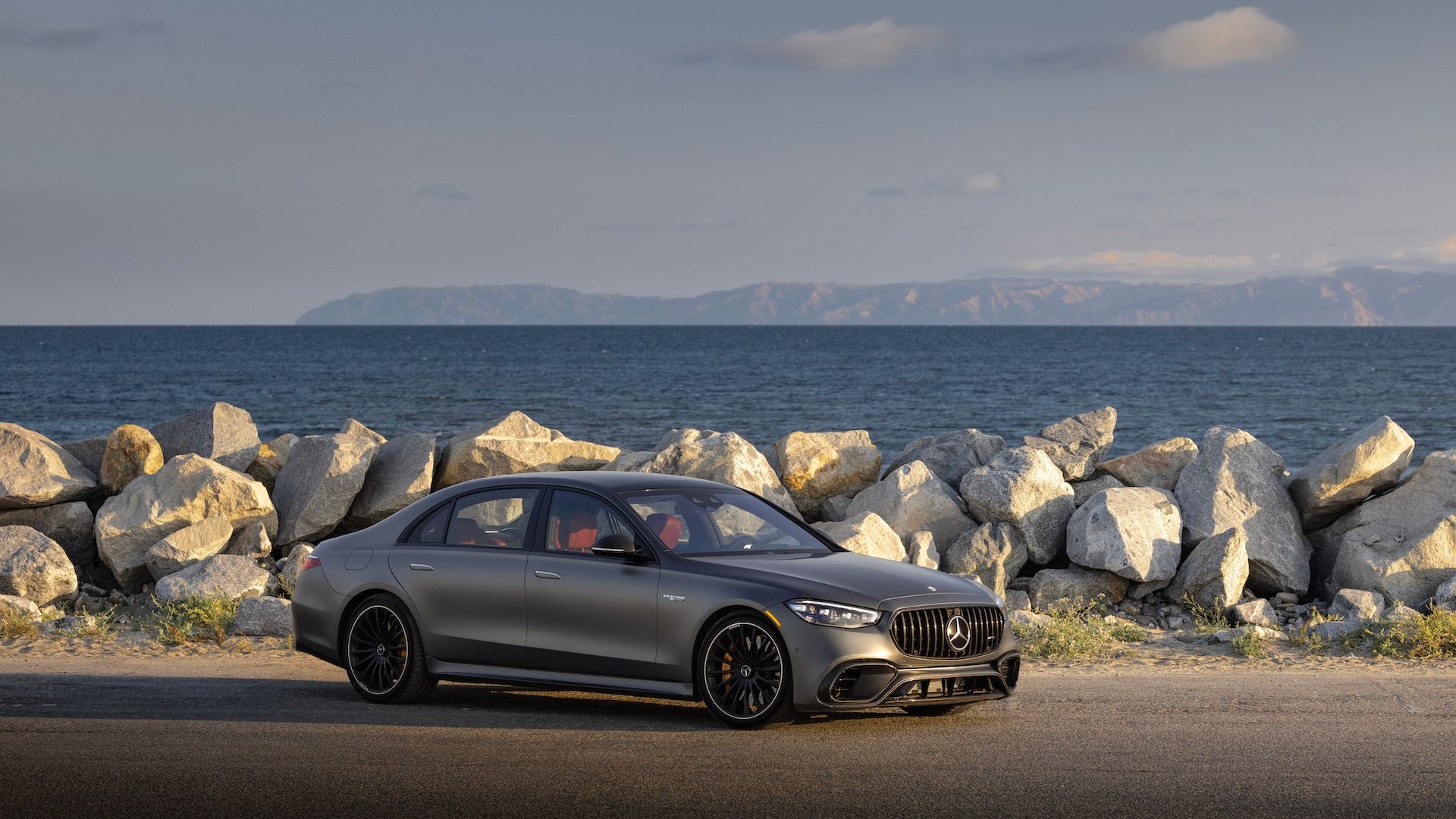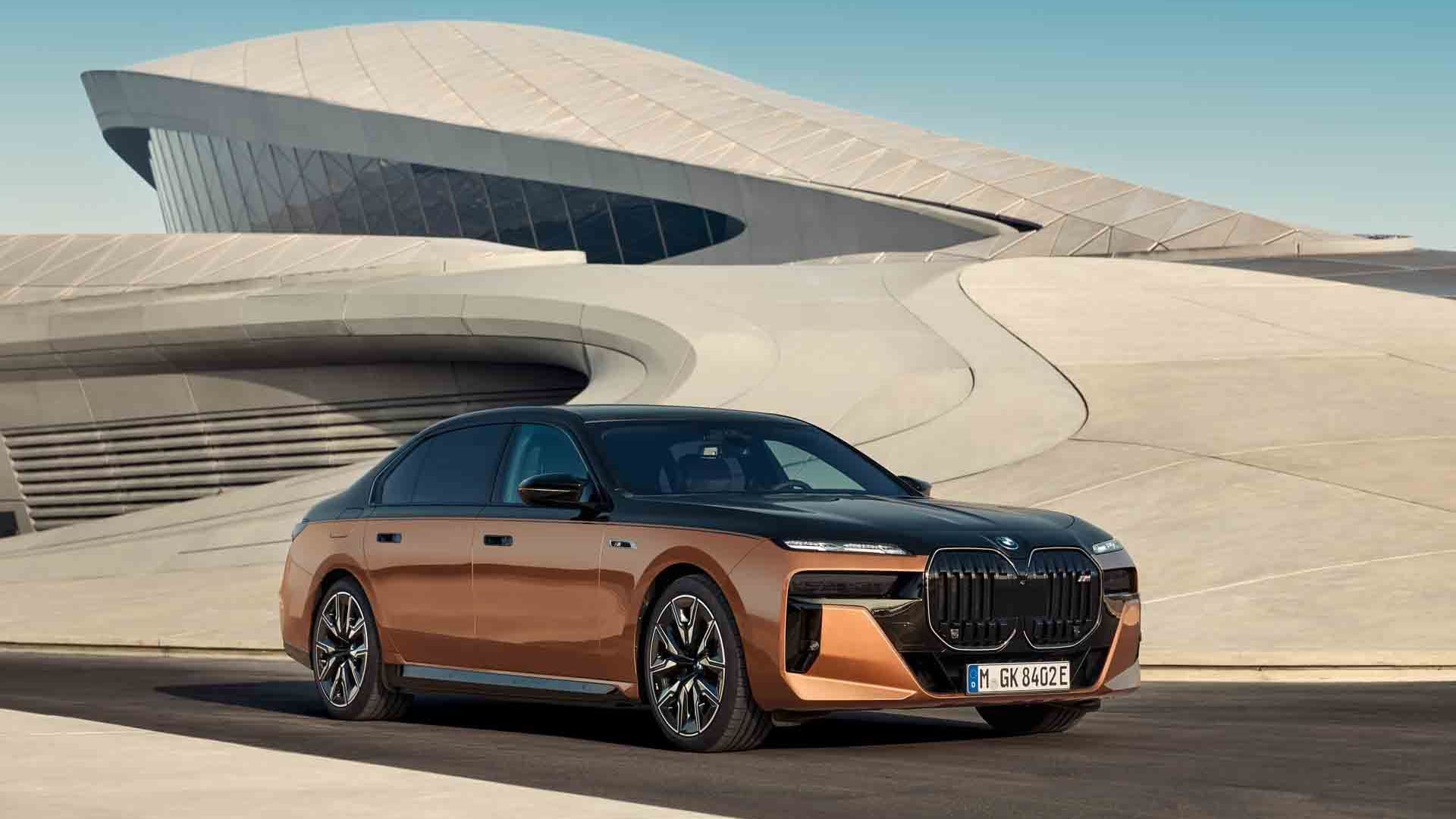That said, downsizing will be necessary even on the S Class to meet ever stricter fuel economy and tailpipe emission standards. To deliver the kind of power customers expect with the efficiency the manufacturer needs, Autocar says that Mercedes will turn to plug-in hybrid technology for large cars.
Jurgen Doring, head of powertrain strategy for Mercedes-Benz, believes that up to 25-percent of Mercedes’ future product range will utilize plug-in hybrid drivetrains. Weight reduction will also be key, and Doring states that each new powertrain module developed has a weight-reduction goal of 14-percent.
The concept of a plug-in hybrid S Class is really nothing new, as Mercedes-Benz displayed the Vision S500 Plug-In Hybrid Concept back in late 2009. At the time, the manufacturer claimed a 0-62 mph time of 5.5-seconds, as well as fuel economy up to 73.5 mpg.
The “near production” S Class concept combined a 3.5-liter gasoline V-6 with a lithium-ion battery powered electric motor, which delivered a range of 18.6 miles in full electric mode. When the batteries were depleted, the 3.5-liter V-6 would take over propulsion duties, as on a conventional hybrid.
Mercedes isn’t the only German automaker that believes plug-in hybrids are the path to the future, either: Volkswagen showed the crowd-pleasing Cross Coupe TDI Plug-In Hybrid Concept at this year’s Geneva Motor Show, which blended a diesel engine with a pair of electric motors.


